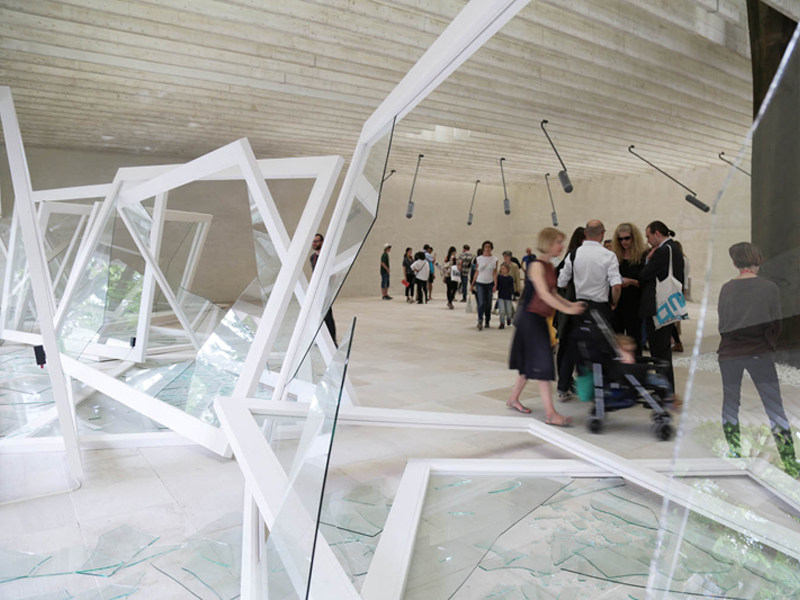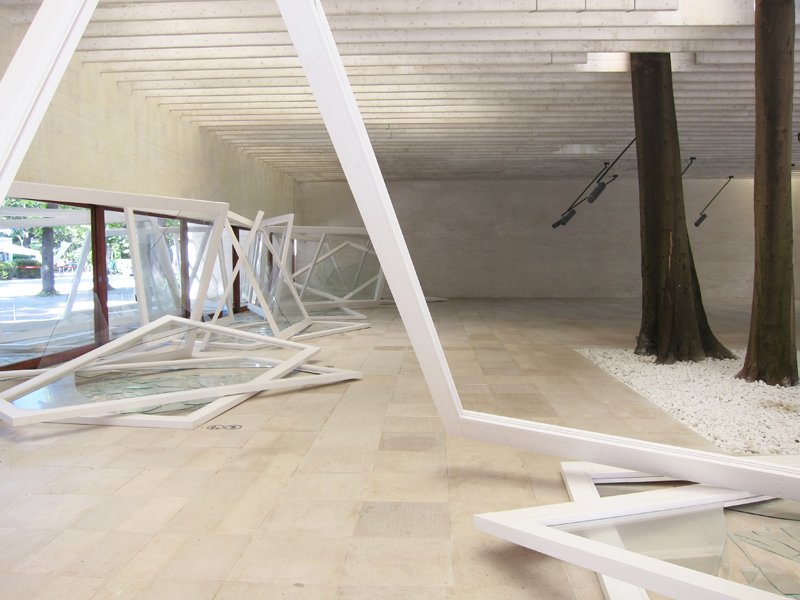l.o. 04
m. tayao
lab section E
‘the witness-machine complex’ examines how technological interventions in sound can and do mediate our ability to communicate with one another in tangible spaces. the case study of this project is the Nuremberg trials in 1945-1946, where then-newly developed electronic audio technology was used to enable live translation during court proceedings. the translation machines used red and yellow flashing lights to change the speed or repeat audio that was then fed into the headphones of the prosecutors and witnesses. often, these interventions would add confusion and stagnated time to the trials, pauses that were then cut from recordings of the proceedings.
in this exhibition, computational sound artists abu ham dam collected seven of these moments of confusion and re-enacts them using machines that mimic the technology of the translators used in 1945. he uses these staged moments to highlight how the relationship between testimony and the technologies that confer them disseminates and distorts how truth and justice operates in global contexts.
![[OLD SEMESTER] 15-104 • Introduction to Computing for Creative Practice](../../wp-content/uploads/2023/09/stop-banner.png)



